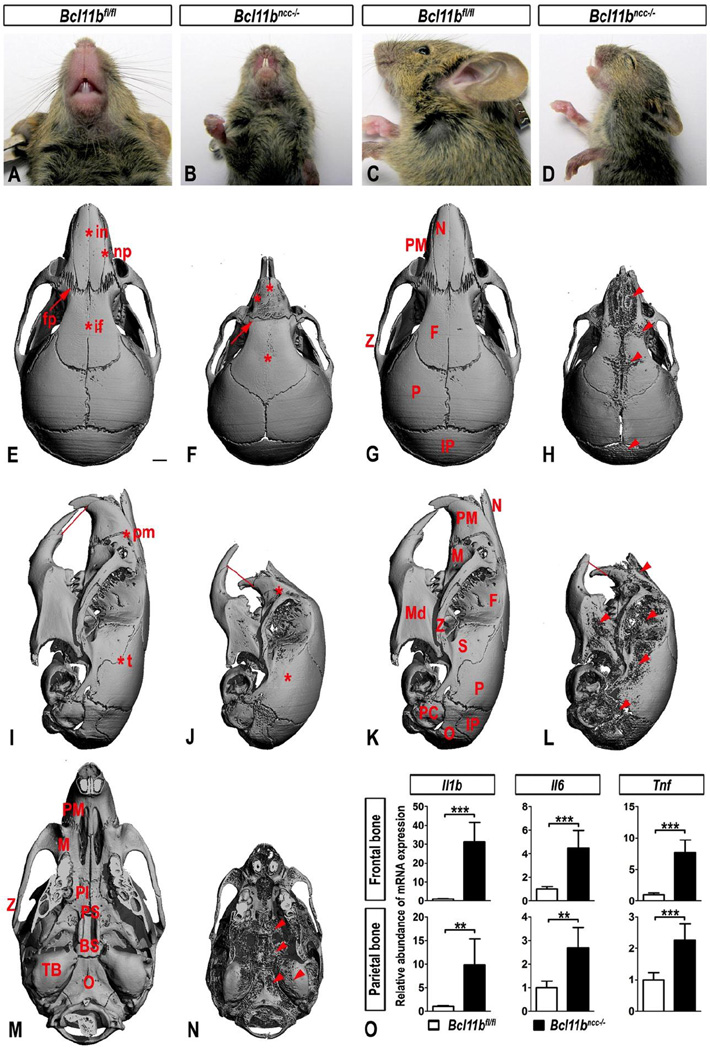Fig. 1. Bcl11bncc−/− mice exhibit craniosynostosis and variable degree of bone porosity at three weeks of age.
(A–D) Ventral and lateral views of mouse heads show abnormal shape, short snouts, and severe malocclusion in Bcl11bncc−/− mice at P21. (E–N) Dorsal, lateral, and ventral views of the micro-CT images of control (Bcl11bfl/fl2) and Bcl11bncc−/− mouse skulls at P21. Red lines indicate dental occlusion. Asterisks denote sutures affected by synostosis in Bcl11bncc−/− skulls and corresponding patent sutures in the control mice. Arrow points to the lack of fractal interdigitation in Bcl11bncc−/− fronto-premaxillary suture. Arrowheads point to increased porosity in multiple Bcl11bncc−/− skull bones. Bones affected by porosity: BS, basisphenoid; F, frontal; IP, interparietal; M, maxillary; Md, mandible; N, nasal; O, occipital; P, parietal; Pl, palatine; PC, periotic capsule; PM, premaxillary; PS, presphenoid; S, squamosal; TB, tympanic bulla; Z, zygomatic. Sutures affected by synostosis: fp, fronto-premaxillary; if, interfrontal; in, internasal; np, naso-premaxillary; pm, premaxillary-maxillary; t, temporal. Scale bars: 1 mm. (O) qRT-PCR analysis indicates up-regulated expression of pro-inflammatory cytokines in parietal and frontal bones of Bcl11bncc−/− skulls. Error bars indicate standard deviation. ** denotes statistical significance at p ≤ 0.01; *** denotes statistical significance at p ≤ 0.001 (n = 4 for each genotype).

